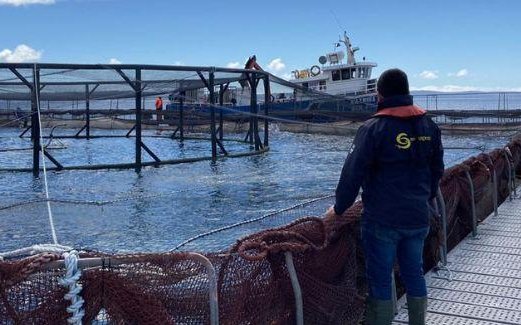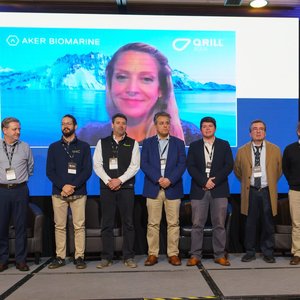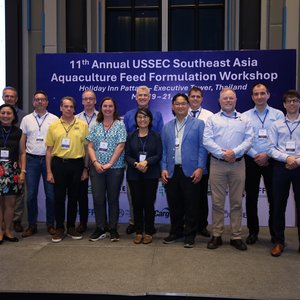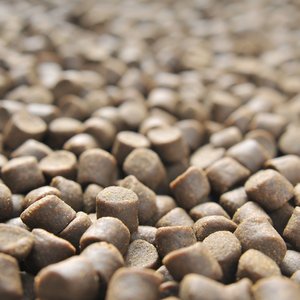The Chilean National Fisheries and Aquaculture Service (SERNAPESCA) reported a significant decrease in the use of antimicrobials in salmonid farms in the country in 2022. The total consumption of antimicrobials was 341.5 tons in 2022, a reduction of 26.3% compared to the figures for 2021.
The antimicrobial consumption indicator (ICA) was 470 grams per ton in 2021 which was reduced to 320 grams per ton in 2022, a decrease of 31.9%. PROA-salmon certified farms obtained an ICA value of 42 grams per harvested ton. Sernapesca invited all companies to join this reduction plan.
According to the data by species, 23.2% of the deaths of Atlantic salmon were due to infectious causes. Piscirickettsiosis (52.8%) was the main cause of mortality, a 3.9% increase compared to 2021, followed by tenacibaculosis (28.5%), recording a decrease of 7.8% compared to the same period. Piscirickettsiosis was the main cause of infection in rainbow trout, while in coho salmon, they were icteric syndrome, BKD, HSMI, and SRS.
In freshwater mortality reports, there was a 0.3% increase in the average monthly mortality percentage, versus the 2021 data. Mycosis was the main cause of infection in Atlantic salmon (45.2%), and flavobacteriosis in rainbow trout (79.9%) and coho salmon (44.4%).
Check out the report here.












